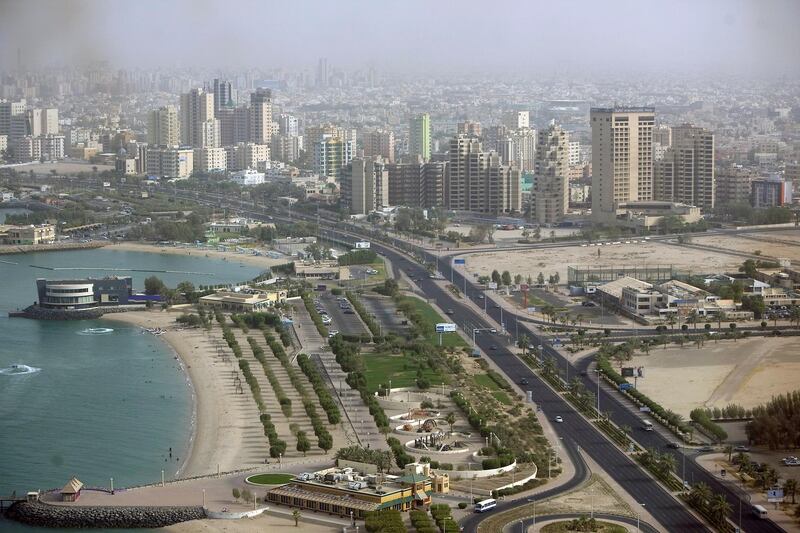Assets of the Kuwait Investment Authority (KIA), the oldest sovereign wealth fund (SWF) in the world, have continued to grow despite the oil price shocks, according to Moody’s Investors Service.
Future Generations Fund (FGF), one of two funds managed by the KIA, which receives mandatory transfers of funds equivalent to 10 per cent of the government's revenue has continued to grow with solid profitability that has seen it rise to about 309 per cent of Kuwait's gross domestic product, Moody’s said in a report. The growth has come despite a reduction in the ratio of mandatory funds transfer from previous 25 per cent, Moody’s which rates Kuwait at Aa2 with a stable outlook, said.
“We expect it [FGF] will continue to grow as long as the fund remains profitable and the mandatory transfer remains in place,” it noted in the report.
By contrast, Kuwait's government has drawn down on its second investment vehicle, the General Reserve Fund (GRF) “quite rapidly since the 2015-16 fiscal year to finance deficits triggered by the oil price shock,” Moody’s said.
Kuwait's fiscal deficit peaked at 17.5 per cent of its GDP in 2016-17, a huge decline from a 20 per cent surplus recorded in 2013-14. The government had tried to relieve pressure on the GRF in the beginning of the oil price slump that saw crude falling from a peak of $115 per barrel in the mid-2014 to below $30 per barrel in the first quarter of 2016.
However, the country’s parliament blocked the government's attempts to increase the debt ceiling to 25 billion dinars (Dh301.6bn) and lengthen tenors up to 30 years in 2017 from previous 10bn dinars and 10 years, respectively. The debt law subsequently expired and the government was forced to finance deficits and maturing domestic borrowings from the GRF. Relying on the GRF has led to an accelerated drawdown of the fund's assets to an estimated 23bn dinars as of March 2019, from 26.4bn dinars from a year earlier, Moody’s explained.
The rating agency said a further depletion of the GRF would depend on “if and when” parliament passed another debt law, but the government will need to finance deficits around 9 per cent of GDP over the next few years. However, as only around 65 per cent of GRF assets are liquid, the fund would only be able to finance around three years’ worth of deficits and run out by the end of fiscal year 2021-22.
“The eventual depletion of the GRF could have several implications for sovereign creditworthiness,” Moody’s said. “Under our baseline scenario, which assumes parliament approves the debt law by 2020 and FGF assets remain ring-fenced, a depleted GRF implies that the government will rely much more on debt issuance for funding.”
Combined with large fiscal deficits, such a scenario could lead to a rapid increase in general government debt and an increase in debt-servicing costs from the budget.
“Although unlikely, a situation where the GRF is depleted before no alternative funding sources have been arranged would be very credit negative,” Moody’s said. “Such a scenario would require the government to make significant cuts to spending, given our expectations for persistent fiscal deficits.”








